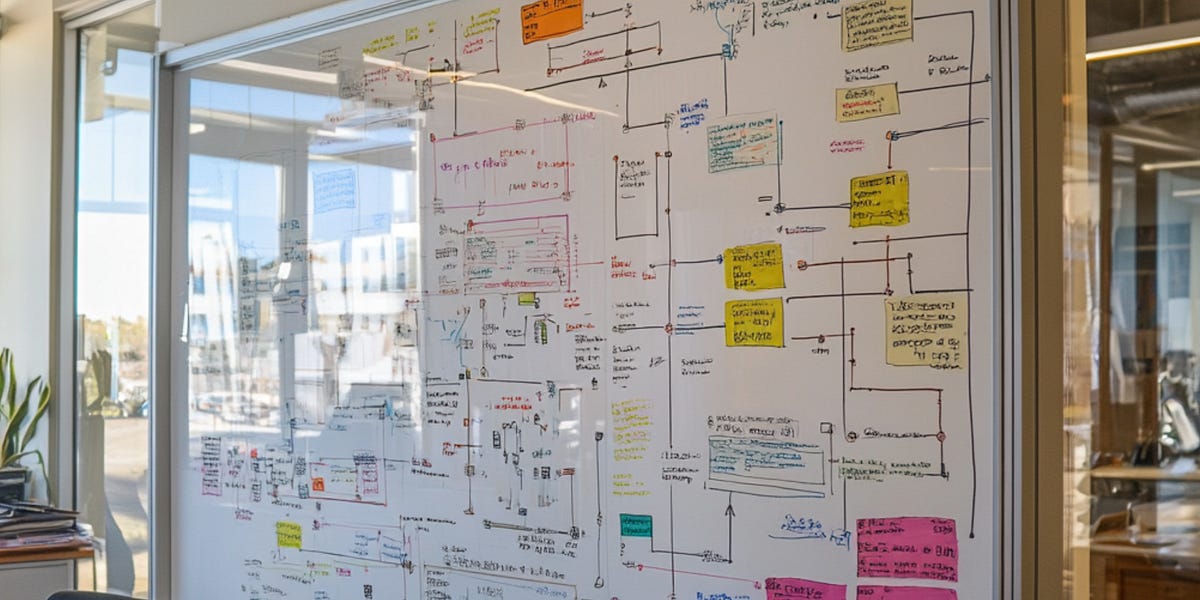The Beautiful Mess
6M
387

Image Credit: The Beautiful Mess
TBM 321: "Reducing Complexity"
- Product work, by its nature, is complex, and complexity emerges because it requires adapting to changing conditions, integrating new information, and solving problems without obvious solutions.
- Any group of humans in a company will be part of a complex adaptive system.
- When executives want to reduce complexity, they tend to push the cognitive load into the shadows because teams fear getting on leadership's bad side.
- The job of leadership isn't to reduce complexity in the work itself but to create an environment where people can work effectively with complexity.
- Teams can do complex work without the need for constant, tight collaboration by creating bounded bubbles of complexity with simple interfaces between them.
- Leadership should focus on reducing the drag and friction caused by too many priorities and other things that make it difficult for people to come together and do productive, complex knowledge work.
- It's not about the complexity of the work itself but about how the work is structured and communicated and how people are organized.
- The mental effort needed to understand how all of these pieces fit together is high, and it's not just the meetings, but everyone's calendars are packed with back-to-back meetings.
- The executive's gut-level response is usually that the team is overcomplicating something that should be straightforward, but they don't see everyone being overwhelmed by competing priorities.
- Reducing complexity in this case is impossible and undesirable, and the focus should be to create an environment where people can work effectively with complexity.
Read Full Article
22 Likes
For uninterrupted reading, download the app